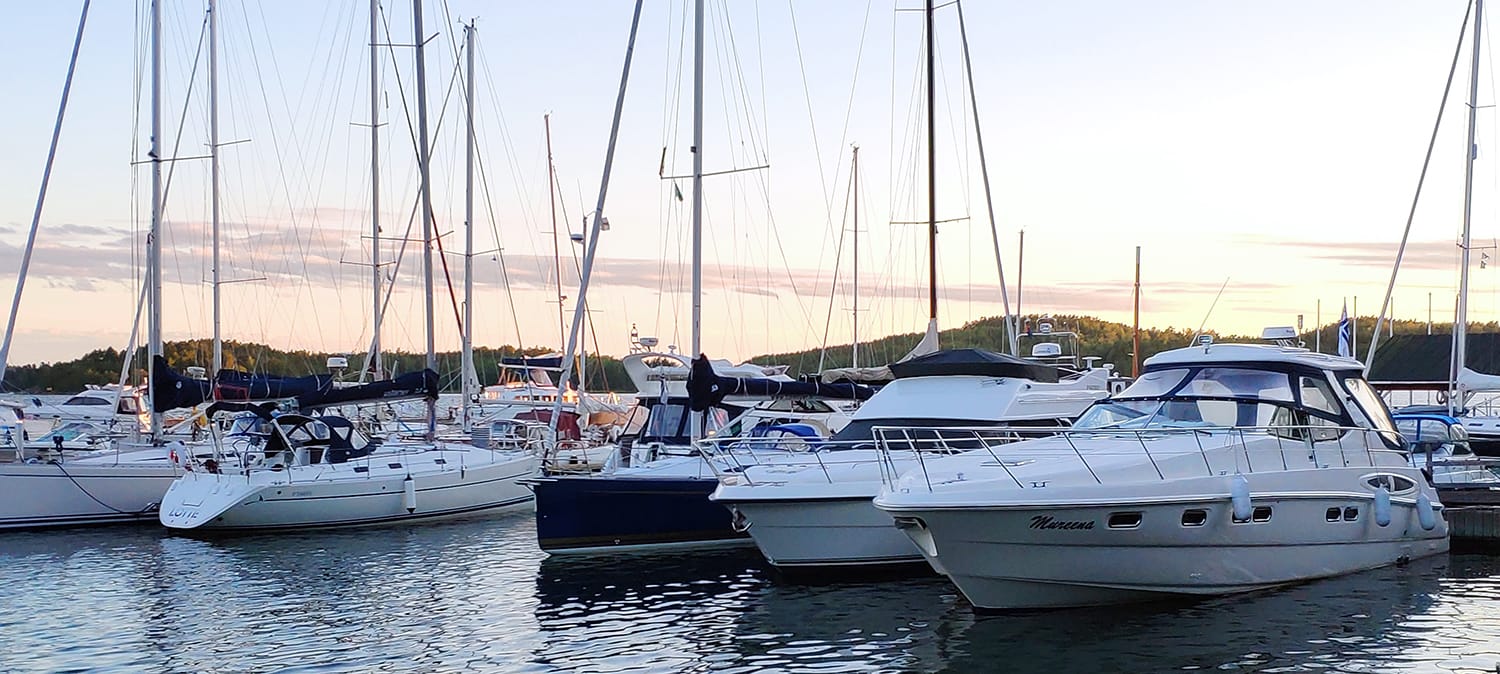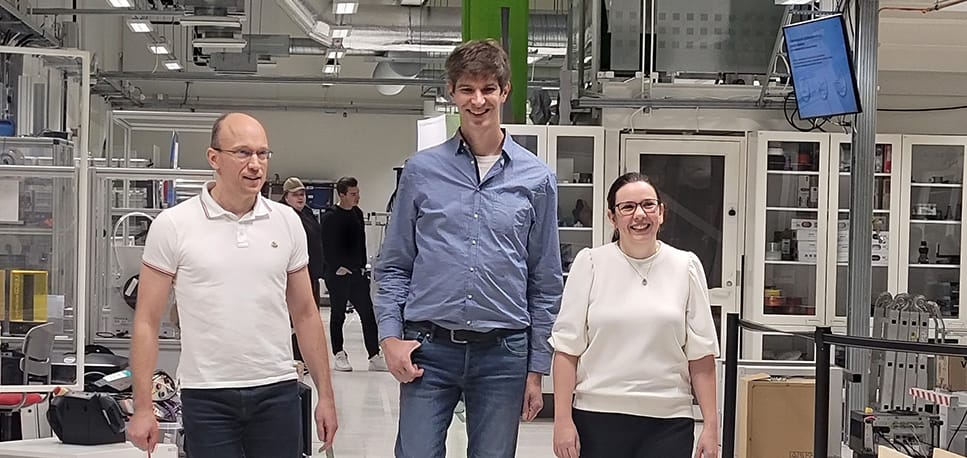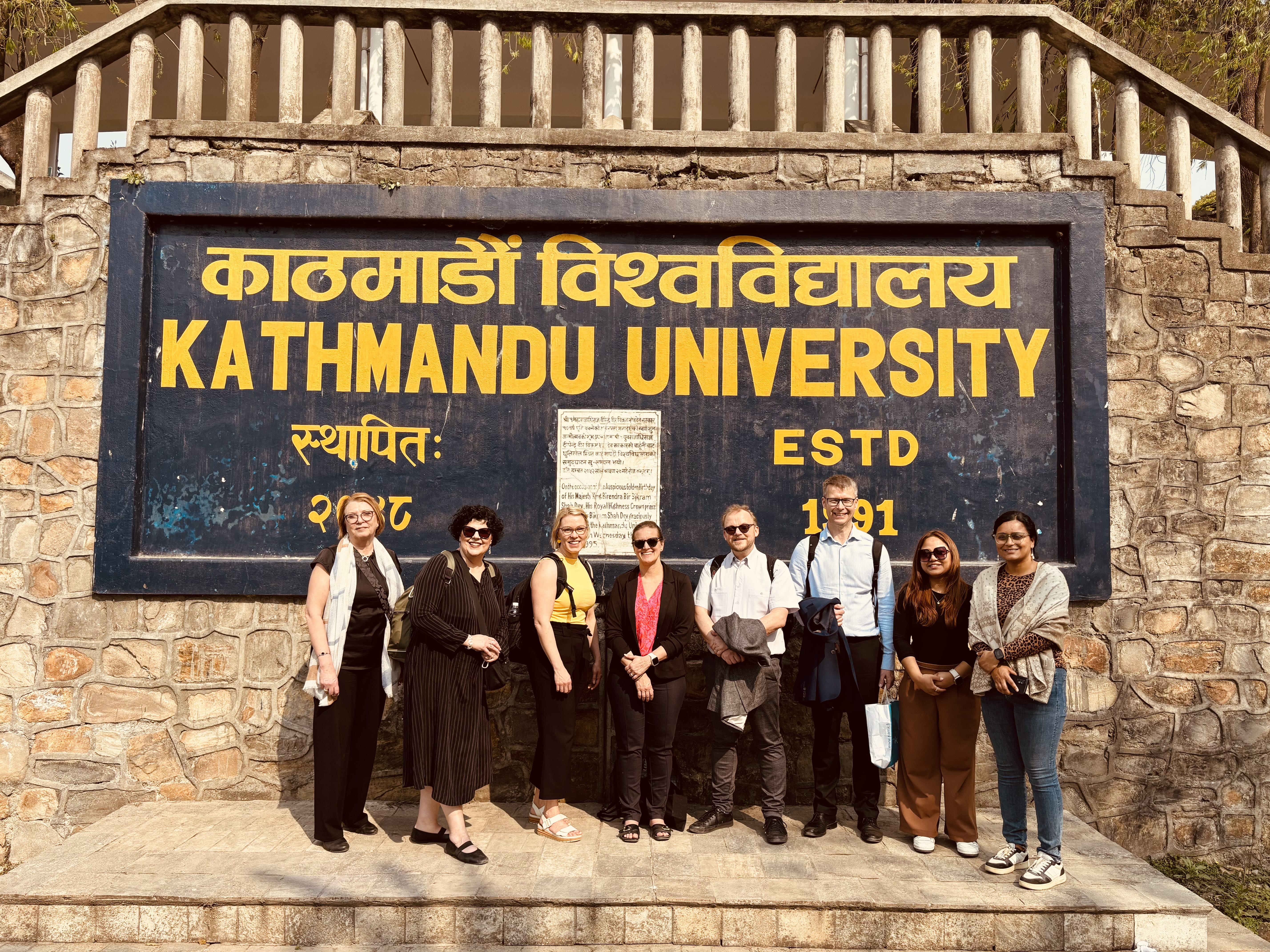Baltic Sea marinas are much more than parking spaces for boats
The development of tourism destinations established around marinas increases significantly sustainable development from economic, socio-cultural, and environmental perspectives.

The role of marinas is seen as central to local and regional tourism in the Baltic Sea. Residents, second-home owners, same day, and overnight visitors explore marinas for various purposes. Baltic Sea picturesque marinas also attract international visitors mainly from the neighbouring countries. Their role as tourism destinations and the number of visitors is also expected to grow in near future.
Simultaneously, sustainable tourism is the new normal. In particular, the COVID-19 pandemic has highlighted how interconnected we all are. Therefore, development of tourism destinations established around marinas increases significantly sustainable development from economic, socio-cultural, and environmental perspectives. This also contributes to the objective of the EU Strategy for the Baltic Sea Region is to establish the region as a sustainable tourism destination.
To achieve this, sustainable business models and sustainable tourism products and services are needed. Identification of profitable target groups, collaboration between various stakeholders as well as marinas and continuing to invest in improving infrastructure and marina capacity are seen necessary. In addition, including residents into decision-making, local producers into business networks and respecting and promoting local maritime and fishing heritage are deemed important.
Read more about the state-of-play of costal and maritime tourism in the Baltic Sea, with a focus on marinas as sustainable tourism destinations. This report is published by the Interreg Baltic Sea Region project BalticBlueMarinas coordinated by SAMK and implemented in Finland, Estonia, Sweden, Latvia, and Poland.


